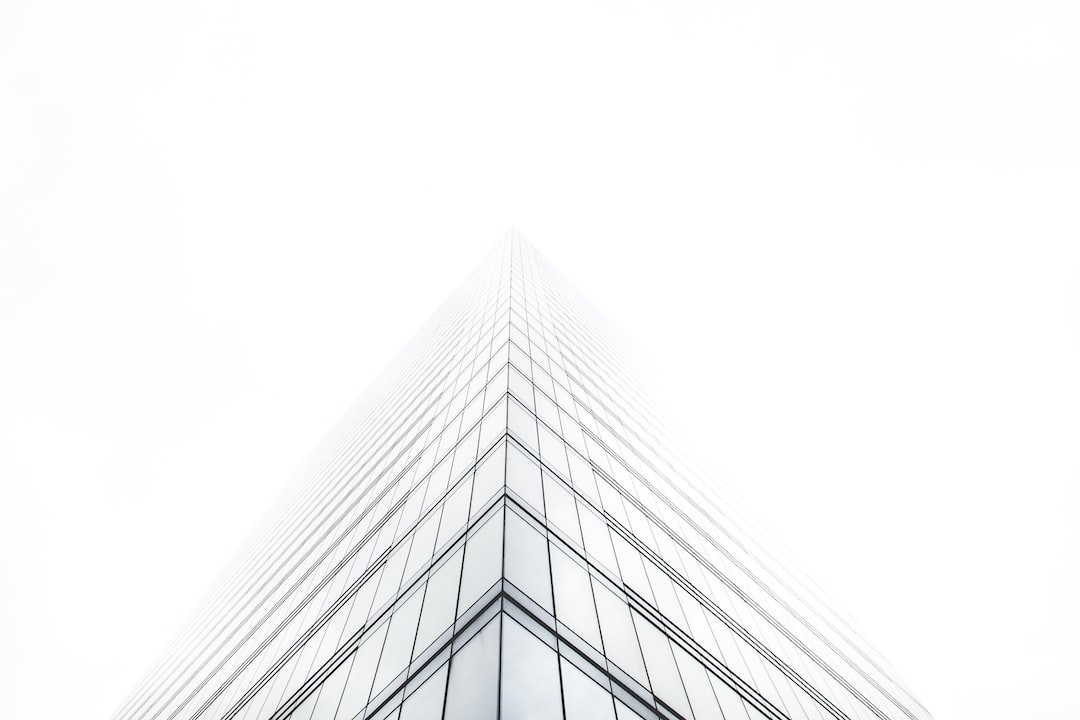Architecture has always been driven by innovation and the desire to create functional and aesthetically pleasing structures. In recent years, there has been a significant shift in the industry towards sustainable and eco-friendly materials in building design. This rise is not only fueled by environmental concerns but also by the growing demand for greener and healthier living spaces.
Sustainability has become a key concern for architects and designers as they strive to reduce the ecological impact of buildings. Traditionally, construction materials such as concrete, steel, and aluminum have been heavily relied upon. However, these materials have a high carbon footprint due to their production processes and the energy required to extract and refine them.
With the rise of sustainable materials, architects can now choose from a wide variety of environmentally-friendly alternatives. One prominent example is the use of timber in building design. Wood is a renewable resource that absorbs carbon dioxide during its growth, making it a carbon-neutral material. Additionally, timber construction is a more energy-efficient process compared to concrete or steel, resulting in reduced emissions.
Another eco-friendly material that is gaining traction in architecture is bamboo. With its rapid growth and high strength-to-weight ratio, bamboo is an excellent substitute for conventional building materials. It requires minimal energy to harvest and has a low environmental impact. Additionally, bamboo is versatile and can be used in various applications, from structural elements to interior finishes, making it an attractive option for sustainable building practices.
Recycled and reclaimed materials are also becoming increasingly popular in architecture. Instead of disposing of waste materials, they are repurposed and incorporated into new building projects. For example, recycled plastic can be transformed into durable building blocks, while reclaimed wood can add character and charm to a structure. Using these materials not only reduces waste but also preserves valuable resources.
The rise of sustainable and eco-friendly materials also extends to energy-efficient design strategies. Architects are now incorporating passive design principles, such as proper insulation, natural ventilation, and daylighting, to reduce the need for artificial lighting, heating, and cooling. This not only decreases energy consumption but also improves the indoor air quality and overall comfort of the building occupants.
In conclusion, the rise of sustainable and eco-friendly materials in building design represents a significant shift in the architecture industry. With a growing awareness of environmental issues, architects and designers are embracing innovative solutions to reduce the ecological impact of buildings. The use of sustainable materials, such as timber and bamboo, along with the incorporation of energy-efficient design strategies, is leading the way towards a greener and healthier future for architectural construction. By prioritizing sustainability, architects are not only creating more environmentally-friendly structures but also providing spaces that promote the well-being and quality of life for their occupants.
Publisher Details:
SYLAVIC CO. | architecture
https://olwemathe17.wixsite.com/sylaviccoza
Architectural services at SYLAVIC CO. with the help of our professional team. visit our site and do not hesitate to contact us for enquiries. [Architecture related]
